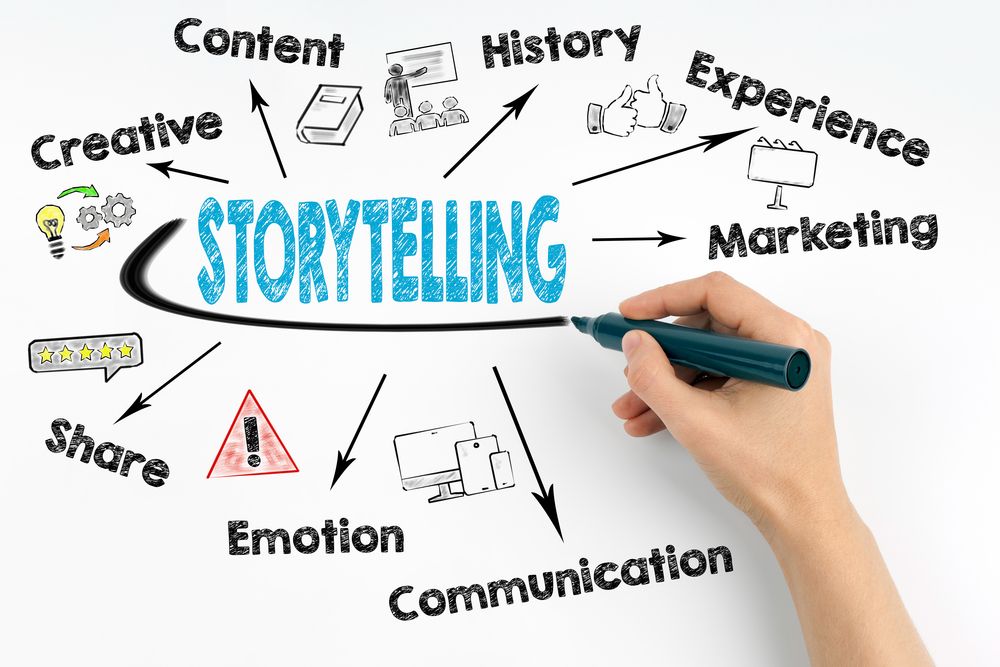
As we know storytelling is a form of communication that includes listeners and storytellers. It is something we have been doing for many years, giving knowledge, culture, and tradition via the power of descriptions. Stories are told for entertainment, informational, and educational purposes. Social media storytelling is the method of using different social media platforms to share stories, narratives, and experiences about a company, brand, or product. It connects and engages customers by preparing compelling content that reflects on a more serious level. Stories are easier to recognize than simple points, making a brand more impactful. A satisfactory story can encourage the audience to have a memorable experience and take action to be involved with your brand.
“The purpose of a storyteller is not to tell you how to think, but to give you questions to think upon.” —Brandon Sanderson
Storytelling on social media is powerful because it helps brands to make emotional bonds with audiences. Stories stimulate feelings, which can cause stronger loyalty and engagement of customers. A company can share its story across the social media platform by understanding its audience, utilizing visuals, leveraging various social media elements, and preparing a compelling report. A brand can create a sense of understanding and connection with its customers by sharing stories that reflect the experience of audiences. Storytelling improves the effectiveness of content marketing by constructing emotional bonds with the audience and making content more memorable and engaging.

How to do effective storytelling on social media
Use visuals
Incorporating videos and images helps to improve the story and make your story more visually attractive.
Utilizing the latest features of every social media platform to share your story most appropriately.
Be authentic
It is important to share genuine stories that resonate with your brand value and reflect with your customers.
Share the stories about customers
You can demonstrate positive customer testimonials and experincxes to create social proof and trust.
Compose a Narrative Arc
You can modify your story with a clear starting, middle, and finishing to keep the involvement of the audience.
Include user-generated content
It is important to motivate the audience to tell their own stories linked to your brand.
Involve with your audience
You can respond to comments, encourage interactions, and ask questions to promote a congregation around your brand.
Use a Hook
To encourage people and grab the attention of the audience you can start your story with a compelling hook.
Audience understanding
Understanding the pain points, values, and interests of your target audiences is important for preparing relevant stories.
